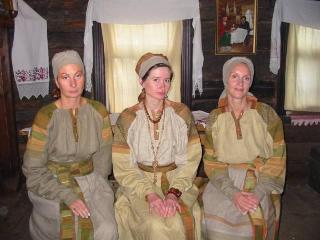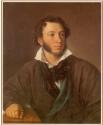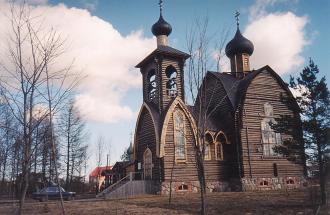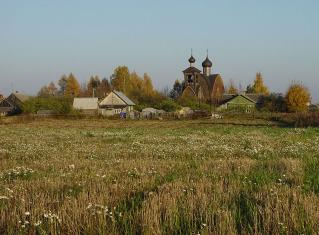|
|
Articles
/
"Suida", a museum-estate
"Suida", a museum-estateAuthors
Karpenko, Irina Aleksandrovna
Persons
Apraksin, Pyotr Matveyevich, Count
Hannibal, Abraham (Ibrahim) Petrovich Hannibal, Ivan Abramovich Meisel, Mikhail Nikolayevich Peter I, Emperor Pushkin, Aleksandr Sergeyevich Suvorov, Aleksandr Vasilyevich, Count Tsygorov, Vasily Basilyevich Geography
Leningrad Oblast, the/Gatchina District/Kobrino Village
Leningrad Oblast, the/Gatchina District/Suyda Settlement/Tsentralnaya Street Leningrad Oblast, the/Gatchina District/Voskresenskoye Village Bibliography
Гришина Л.И., Файнштейн Л.А., Великанова Г.Я. Памятные места Ленинградской области. Л., 1973., С. 198-199
Бурлаков А. Нет больше в Суйде Лукоморья… Б. м., 2001., С. 3-8 Мурашова Н.В. Сто дворянских усадеб Санкт-Петербургской губернии: Исторический справочник. СПб., 2005., С. 323-328 Музей-усадьба «Суйда». URL: http://lomuz.spb.ru/mus/index.php?m1=600&m2=0&ms=2, С. 323-328 Subject Index
The Church of the Resurrection of Christ (Voskresenskoye Village, Gatchina District)
Mentioned in articles:
|
|













